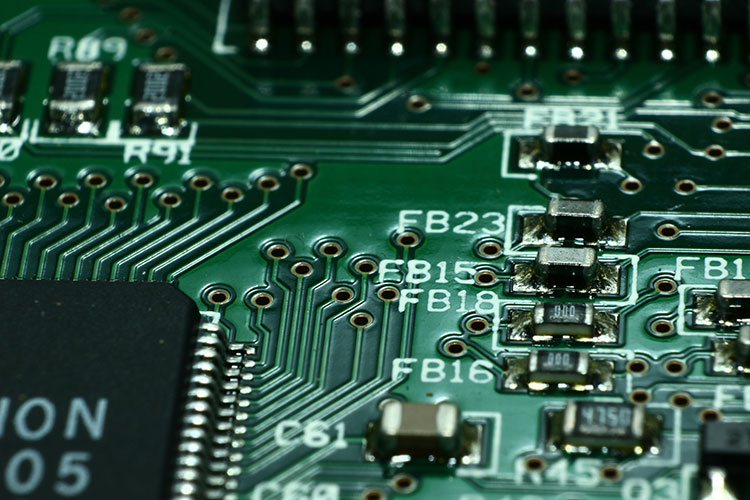Recent papers have shown AI outperforming providers in detecting breast cancer in mammograms, and in a skin cancer study, AI outperformed 58 dermatologists. The resounding question from providers and health system administrators seems to be: “How do I parse real headlines from all of the hype?”
An area where AI can be transformative is streamlining the lengthy documentation process currently causing providers to stay in office long after their last patient. Although AI can help with documentation, a fully autonomous solution is years away. So why are several products and services currently on the market advertised as AI solutions, claiming that a freeform conversation can be converted by AI into an accurate clinical note?
Clearing Up “Artificial Intelligence”
Part of the confusion regarding how far along the technology has come is due to the ambiguity in AI definitions. AI has erroneously become a shorthand to indicate any system that learns with time and input from users, and is often used to describe highly technical, game-changing solutions. In reality, many companies advertising AI are actually using simpler methods such as century old linear regression. These methods do not learn based on new input and require manual tweaks as input from users changes. More egregiously, some products purport to be novel AI methods but in reality use human labor throughout their system along with a tenuous promise of future improvements.
Automated methods to support documentation, such as speech-to-text, have improved over the last decade but several big challenges need to be solved to allow for full automation. For example, properly identifying what is important clinical information in a conversation, and applying it to the correct part of a EHR note is a very complex problem that is unsolved and will require significant improvements in natural language processing and understanding.
Although the Centers for Medicare and Medicaid Services (CMS.gov) reduced the amount of information required to complete the clinical note through the Patients Over Paperwork initiative, there’s still ample opportunity for disruption, with the correct amount of human involvement.
What is the most efficient usage of AI in the documentation space today?
While the promise of AI is to improve provider workflows, too often it falls flat by adding additional work. Most systems put the burden on the provider by requiring them to repeatedly use prompts similar to “Hey, Siri” or “Okay, Google,” interrupting the flow of the patient encounter. What’s more, many platforms fail to address providers’ specific workflow needs, and some platforms require an in-room device when providers may be better served by simpler, mobile-based solutions.
Today, artificial intelligence can support clinical documentation with the support of medical scribes who work behind the scenes to facilitate the note’s completion. Artificial intelligence can support parts of creating a clinical note, but it will be years or decades until highly skilled people are removed from the loop.
A Hybrid Model
To optimize documentation while taking full advantage of artificial intelligence, our method uses a simple app on a mobile device running seamlessly in the background of a patient encounter. This allows providers to focus on patients, not paperwork. At ScribeAmerica, we’ve looked at the best-practices in machine learning to develop a digital assistant that seamlessly works in the background while providers deliver more personalized care to their patients. We’re guided by a philosophy that AI technology should augment workflows, rather than create a barrier to direct, meaningful interactions.
Disruptive Technology
At ScribeAmerica, we’re no strangers to disruptive technology transforming provider workflows. For over two decades, we’ve listened to clients speak of margin pressures and the burdens of the Electronic Medical Records mandate. ScribeAmerica was on the front lines of the shift to the electronic optimization of clinical care. From paper clinical notes to the mandated EMR usage, we’ve worked with providers every step of the way to develop cost effective, integrated labor frameworks and Telehealth solutions to allow providers to spend more time with patients, and less time at the computer.
Working with an AI research team at Stanford Research Institute, Speke launched the mobile app documentation assistant utilizing machine learning to capture the patient encounter. With Speke, the provider utilizes their mobile phone to capture the natural conversational workflow of the patient encounter. From the secure ScribeAmerica platform, a scribe ensures the notes are completed after the encounters for the most accurate reimbursement.
With Speke you have:
Access Built into Workflows: Providers’ daily workflows can be unpredictable. Available across a wide range of specialties, Speke transforms the providers’ personal mobile phone into a HIPAA-compliant documentation assistant, reducing the need for cumbersome hardware. Many of the in-room EMR documentation devices offered on the market today do not solve for the constant movement of today’s on-the-go providers. Those who work in multiple care settings are required to carry their devices with them to see patients. With Speke, we know that providers want convenient, flexible, choices.
Uninterrupted Patient Encounters: With Speke’s advanced technology, providers are not required to prompt or use voice triggers to start recording, freeing the provider from the need to remember any commands. Instead, the Speke app utilizes machine learning to “listen” to ambient conversation and transfer the information to a secure ScribeAmerica platform where a scribe enters the specialty specific information into the EMR and has it prepared for the provider to review and sign the very next day.
Nearly Two Decades of Industry Expertise: With thousands of clinicians depending on ScribeAmerica to support patient care goals, our proprietary, specialty specific training has led the industry for decades. Speke utilizes machine learning to create a clinical experience that is then analyzed and updated in the EMR. With sequential dictation models, the provider is required to sit down and complete the note, make edits and become a clerical assistant. But with our parallel model, providers end their day on time and return to a completed note that has also been optimized for RAF and HCC Scores.
Speeding towards The Age of AI is wrought with ethical and regulatory implications, yet healthcare organizations looking to improve workflows can combine machine learning with labor for lasting, impactful change.



